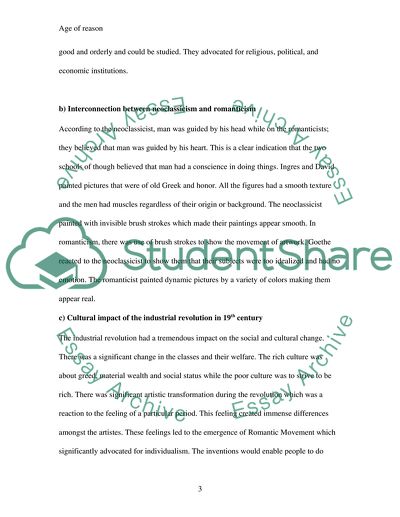Retrieved from https://studentshare.org/religion-and-theology/1615488-humanities-the-age-of-reasonrevolution-reaction-cultural-responsethe-triumph-of-the-bourgeoisie
https://studentshare.org/religion-and-theology/1615488-humanities-the-age-of-reasonrevolution-reaction-cultural-responsethe-triumph-of-the-bourgeoisie.


